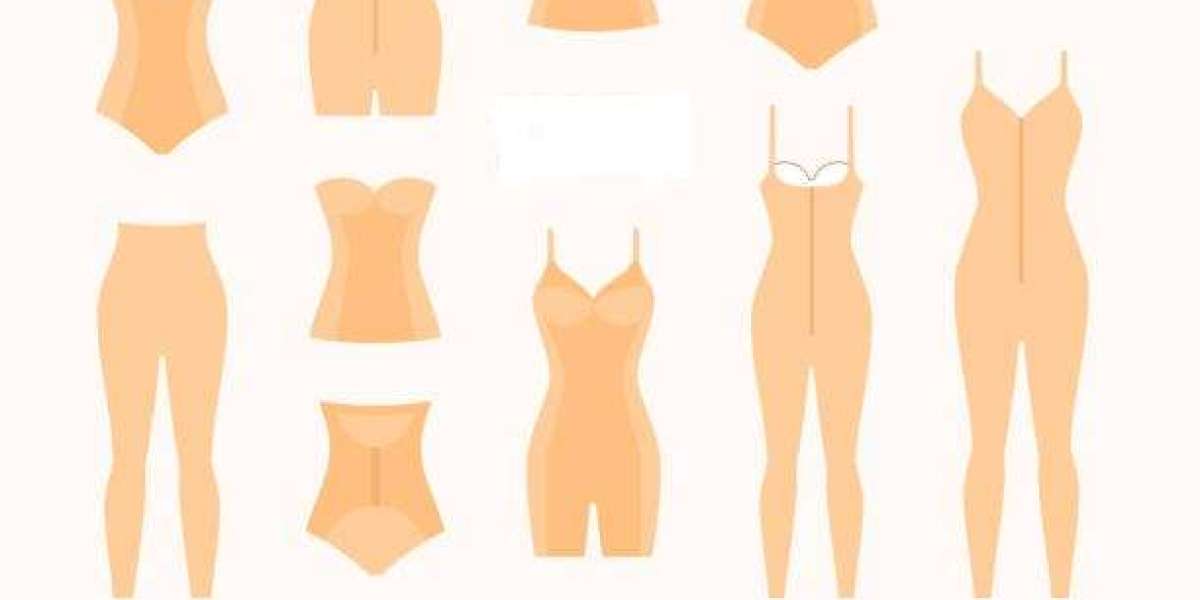In recent years, red light therapy has gained significant attention for its potential benefits in various health and wellness domains. One intriguing area of exploration is its impact on weight loss. This article delves into the multifaceted benefits of red light therapy in facilitating weight loss and the scientific evidence supporting these claims.
Understanding Red Light Therapy
Red light therapy, also known as low-level laser therapy (LLLT) or photobiomodulation (PBM), involves exposing the body to low levels of red or near-infrared light. This non-invasive treatment has shown promise in promoting cellular function and enhancing various physiological processes.
Mechanisms of Action
Cellular Energy Production
Red light therapy stimulates the mitochondria, the powerhouses of our cells, to enhance the production of adenosine triphosphate (ATP). Increased ATP levels boost cellular energy, promoting better metabolic function.
Hormonal Regulation
The therapy influences hormone production, particularly in relation to metabolism. It can regulate cortisol levels, improve insulin sensitivity, and optimize thyroid function, all of which play crucial roles in weight management.
Red Light Therapy and Fat Cells
Lipolysis Enhancement
Studies suggest that red light therapy may enhance lipolysis, the process of breaking down fat cells. This can potentially lead to a reduction in adipose tissue, contributing to weight loss.
Fat Cell Shrinkage
Red light therapy has been associated with the shrinking of fat cells. By stimulating the release of cellular contents, it aids in the natural elimination of fat, providing a non-invasive alternative for body contouring.
Metabolic Boost and Caloric Expenditure
Red light therapy has been linked to an increase in metabolic rate and caloric expenditure. This can be attributed to improved mitochondrial function and the activation of cellular processes that contribute to a higher basal metabolic rate.
Appetite Regulation
The therapy may influence appetite-regulating hormones, such as ghrelin and leptin. By modulating these hormones, red light therapy could play a role in reducing cravings and promoting satiety, contributing to weight loss efforts.
Red Light Therapy and Exercise Performance
Enhanced Endurance
Research suggests that red light therapy can improve endurance by enhancing oxygen utilization in muscles. This could translate to more effective workouts, supporting weight loss through increased physical activity.
Reduced Muscle Fatigue
By reducing oxidative stress and inflammation, red light therapy may contribute to a decrease in muscle fatigue during exercise. This can encourage individuals to engage in more prolonged and intense physical activities, aiding in weight loss goals.
Stress Reduction and Weight Management
Chronic stress is often linked to weight gain and difficulty in losing weight. Red light therapy has demonstrated potential in reducing stress by influencing cortisol levels, providing a holistic approach to weight management.
Red Light Therapy and Sleep Quality
Adequate sleep is crucial for weight loss, and red light therapy may contribute to improved sleep quality. By regulating circadian rhythms and promoting relaxation, it can positively impact sleep patterns, supporting overall well-being.

Body Composition Changes
Studies suggest that red light therapy may lead to favorable changes in body composition, including a reduction in body fat percentage and an increase in lean muscle mass. These changes contribute to a healthier and more metabolically active body.
Targeted Fat Loss
Red light therapy devices designed for localized application may offer targeted fat loss benefits. By focusing on specific areas, individuals can address stubborn fat deposits, enhancing the effectiveness of their weight loss efforts.
Safety and Side Effects
Non-Invasiveness
One notable advantage of red light therapy for weight loss is its non-invasiveness. Unlike surgical procedures, it poses minimal risks and requires no recovery time, making it an appealing option for those seeking weight loss interventions.
Minimal Side Effects
Research indicates that red light therapy is generally well-tolerated, with minimal side effects reported. This safety profile enhances its attractiveness as a complementary approach to weight loss.
Red Light Therapy and Cellulite Reduction
Beyond weight loss, red light therapy has shown promise in reducing cellulite, a common concern for many individuals. By promoting collagen production and improving skin elasticity, it contributes to a smoother appearance.
Individual Variability in Response
It's crucial to acknowledge that individual responses to red light therapy may vary. Genetic factors, lifestyle, and overall health can influence the effectiveness of the treatment in promoting weight loss.
Duration and Frequency of Sessions
Optimal results from red light therapy for weight loss may require a specific duration and frequency of sessions. Understanding the recommended guidelines can help individuals integrate this therapy into their overall wellness routine.
Integrating Red Light Therapy into Weight Loss Plans
Complementary Approach
Red light therapy should be viewed as a complementary approach to weight loss. Combining it with a balanced diet and regular exercise enhances its potential benefits and promotes a holistic approach to health.
Consultation with Healthcare Professionals
Before incorporating red light therapy into a weight loss plan, individuals should consult with healthcare professionals. This ensures that the treatment aligns with their overall health and addresses any underlying conditions.
Future Directions in Research
As red light therapy continues to gain attention, ongoing research aims to uncover additional benefits and refine existing knowledge. Exploring its potential synergies with other interventions may open new avenues for personalized weight loss strategies.
Consumer Perspectives and Experiences
Understanding the experiences of individuals who have incorporated red light therapy into their weight loss journeys provides valuable insights. Consumer perspectives shed light on the practicality and real-world effectiveness of this emerging approach.

Conclusion
In conclusion, red light therapy, including the use of Led products, holds promise as a non-invasive and safe method for supporting weight loss. Its multifaceted impact on cellular function, metabolism, and overall well-being makes it a compelling option for individuals seeking holistic approaches to achieve and maintain a healthy weight. The integration of Led products in red light therapy further enhances its potential benefits for those exploring innovative solutions in their wellness journey.









